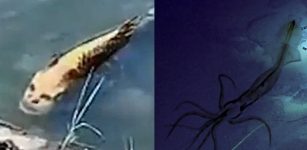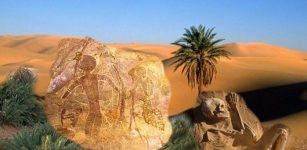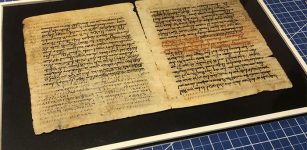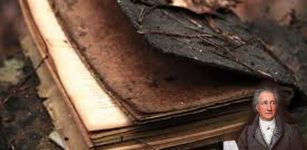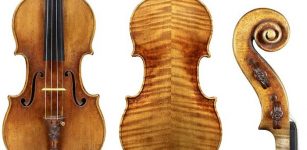Scots – Descendants Of Lost Race From Sahara – DNA Reveals
MessageToEagle.com – New ground-breaking study suggests that Scots are descendants of long lost tribes from the Sahara.
In addition, the study also reveals that Scots are very closely related to Napoleon Bonaparte!
At “Scotlands DNA” researchers combine science with history to create the full picture of Scots’ past. Genetics, phylogeography, archaeology and historical analysis, along with an understanding of human behaviour and response to major historical events are pulled together for the first time.
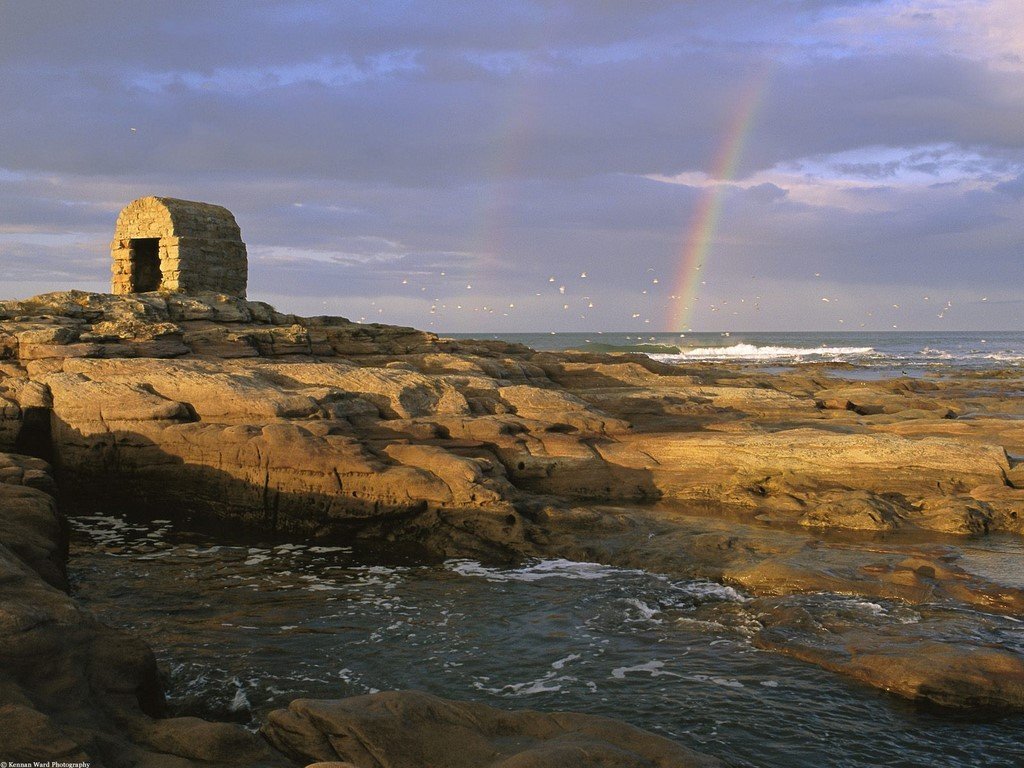
First results of “Scotlands DNA” project “reveal the Scots to be much more diverse than was thought.”
A number of interesting groups were found. After testing DNA samples from almost 1,000 scots, researchers found that 1 per cent of all Scots are descended from the Berber and Tuareg tribesmen of the Sahara.
Another 1% have a recent origin in Iberia, their ancestors having probably reached Britain via the trade in tin.
The study is based on research conducted by geneticist Dr Jim Wilson and his team at Edinburgh University.
One of the startling revelations, was the discovery of DNA linked to Napoleon Bonaparte. The research team discovered that Tom Conti, who took part in the project has a a family link to Napoleon Bonaparte, the French dictator.
It was discovered that the actor’s DNA marker is Saracen in origin and that his ancestors settled in Italy around the 10th century before one of them, Giovanni Buonaparte, settled in Corsica and founded the family line that sired Napoleon.
“Some friends said they weren’t surprised to find out Napoleon and I were related, but it came as quite a shock to me.In fact, I didn’t believe it at first,” the actor said.
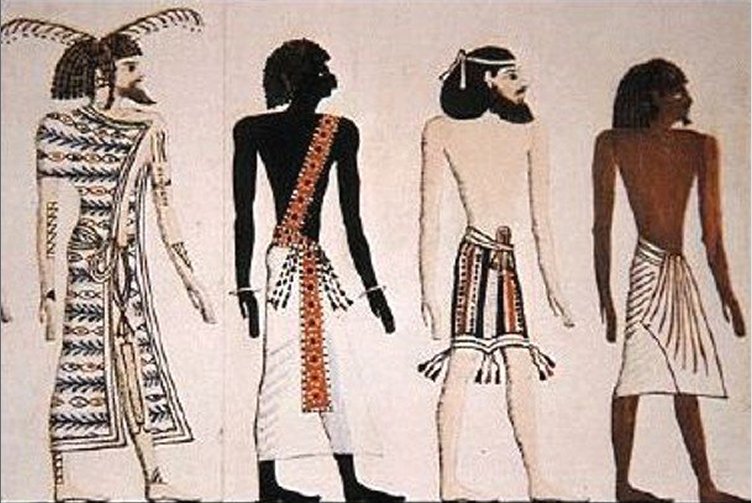
Four peoples of the world: a Libyan, a Nubian, an Asiatic, and an Egyptian. An artistic rendering by Heinrich von Minutoli (1820), based on a mural from the tomb of Seti I
The use of DNA allows scientists to use it as telescope to look back in time at where our ancestors once lived. it can be an amazing journey that can take you to a really surprising place.
When Dr. Wilson discovered that some of the participants had DNA hailed from the Sahara, he had to double-check.
“I didn’t believe it at first and checked it twice. But more than one, in fact quite a few of our participants had this marker that is only found in and around the Sahara and among the blue men of the Tuareg.
So what on earth is it doing in Scotland? I didn’t know. It took me a little while to work it out but what I learned was that it was spread to Spain by the Moorish conquest of Spain, and then it came up the Atlantic margins, along the coast and up to France and then up to Scotland,” Dr. Wilson said.
For Mr Moffat, the author of “The Scots: A Genetic Journey”, the results have been fascinating.
“When the great Roman emperor Septimius Severus invaded Scotland with the largest army ever seen north of the Tweed, 40,000 legionaries and auxiliaries and a supporting fleet, he fought the Maeatae. They were mentioned by Roman historians as a fierce people and much later, noted by Adomnan, the biographer of St Columba,” he said:
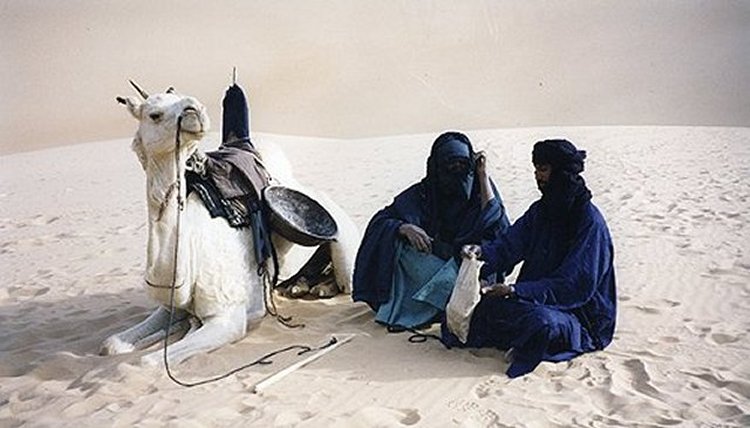
“And then they disappeared from history,” Mr Moffat said. “Now they are found. DNA has uncovered a high concentration of a distinctive marker clustered around Stirling and the foothills of the Ochils – the homeland of the fierce Maeatae. These are stories only DNA can tell.”
“Scientists noticed occasional tiny errors of copying as our six billion letters were passed on down the generations.
Known as markers, they were found to originate in particular parts of the world and through a technique called the molecular clock, they could be dated. . New markers are being discovered all the time, some of which arose rather recently, and can be specific to a particular surname or very concentrated in one place.
Once a marker has been discovered the next stage is to try to understand what it means.
“First we work out how it relates to other markers and place it on the tree, then we study where it is found, estimate how old it is, and infer as best we can, where it originated and dispersed to.The first step is to genotype the marker in large collections of known heritage – people who know where their ancestors come from.
Our R&D programme is therefore screening new markers we have discovered and those found in the 1000 Genomes project in a large sample of continental Europeans as well as British and Irish people,” scientists at ScotlandDna say.
The DNA results revealing Scots are descendents of a long-lost race of Shara are fascinating and yet, this is not the end to this incredible story. Dr. Wilson promises more surprises.
“We are sequencing the whole genome of seven Scots whose DNA is central to our history and we are looking at the role of Neanderthal DNA in Scotland,” Dr. Wilson said.
We can expect to hear more from Dr. Wilson and his team in the near future.
MessageToEagle.com
source:


